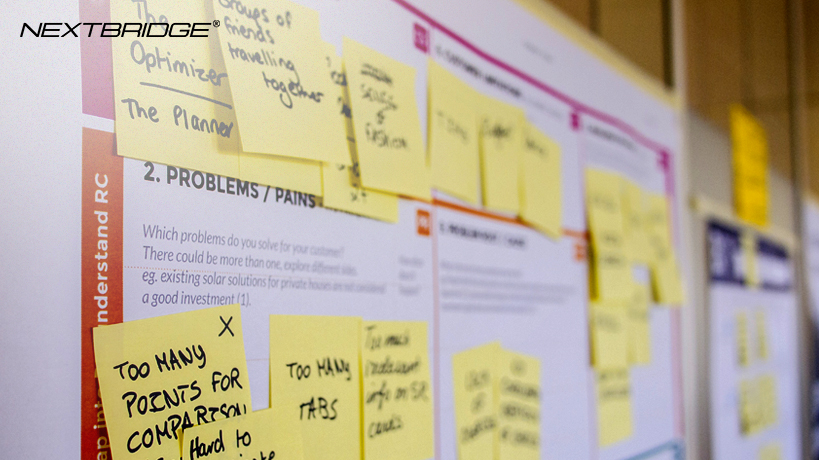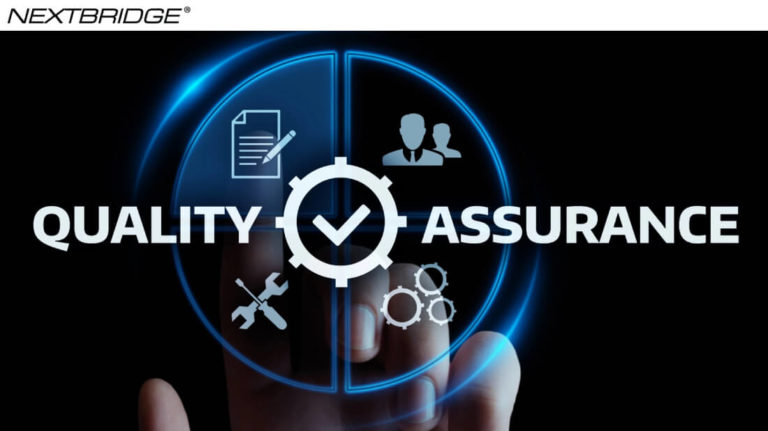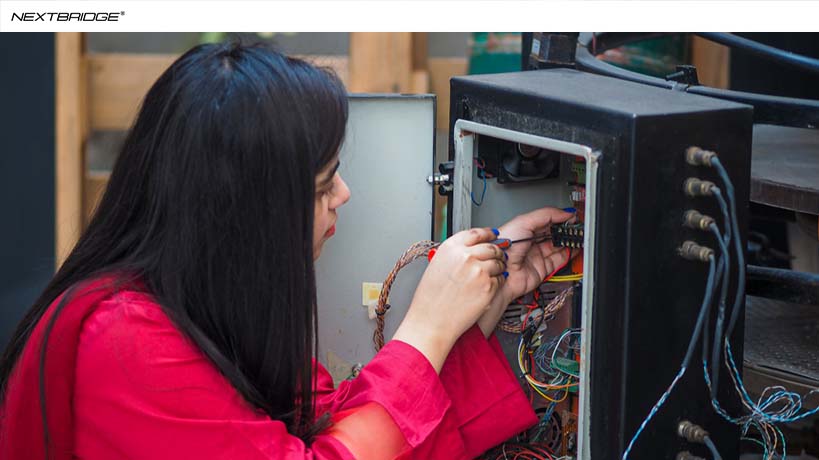What is an agile user story? How do you write user stories in agile product development? What does an agile user story look like?
Are you curious to find answers to these questions? We can surely help you!
An agile user story is perhaps the most in-demand tactic to learn product capabilities. Many think that working with a user story is easy as pie. But, telling a powerful user story can be challenging.
So, what are the best tips for writing user stories in agile product development? Let’s find out!
An Introduction to Agile User Story
Agile always has been a user-centric approach. It asks you to put people first. It moves your focus from just coding and designing to giving real value to your customers. So powerful user stories in agile product development put the actual user at the center of the conversation.
When talking about an agile user story, it has to be short and non-technical. It must not include long descriptions but the reason a particular feature is needed from the perspective of the user. For example:
As <persona>,
I want <what?>
so that <why?>
In short, a user story describes ‘the why’ and ‘the want.’
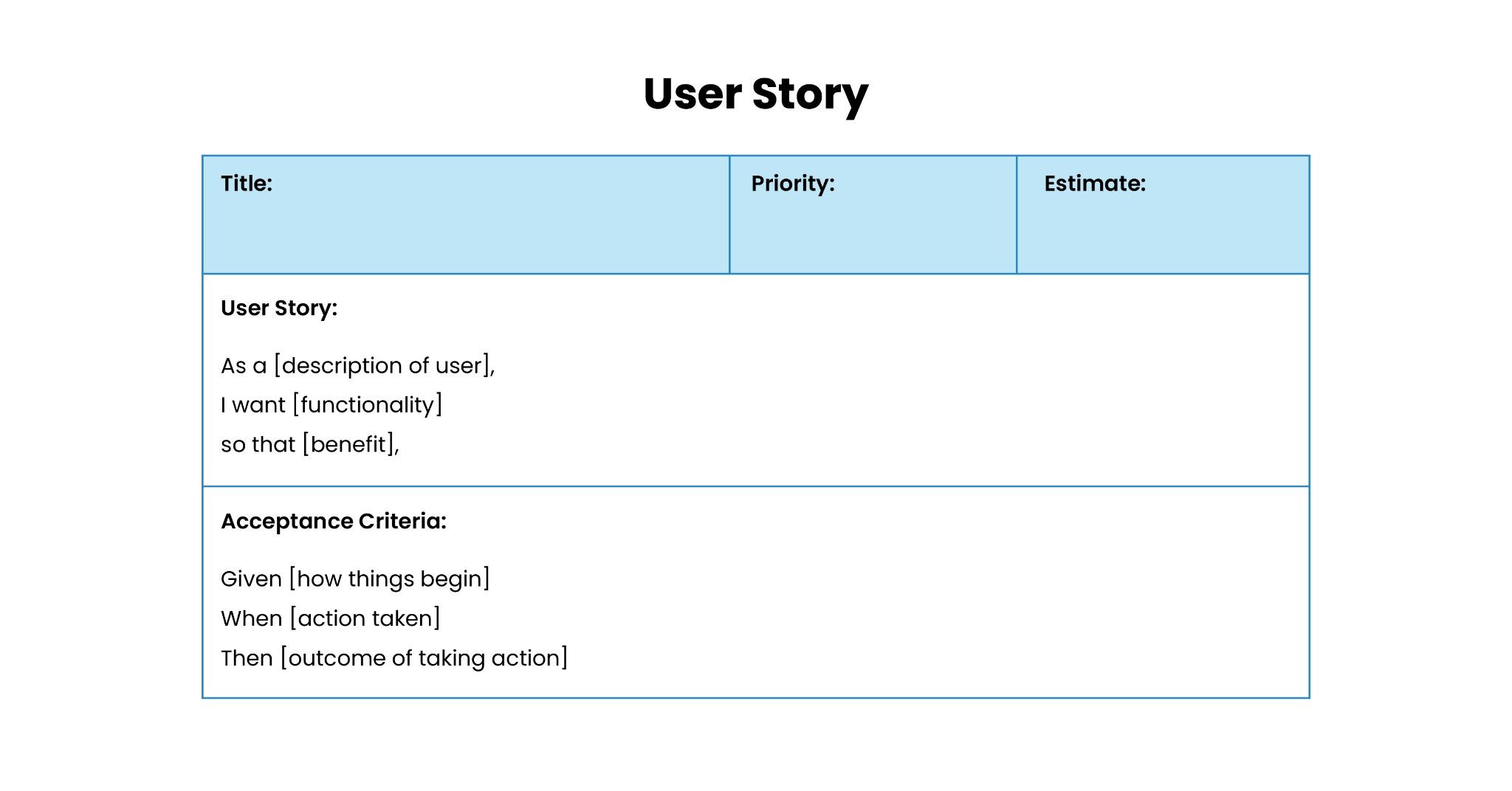
Who Writes User Stories?
User stories are typically written and submitted for review by product owners, product managers, and program managers. Not only them but if a project demands, an agile user story can be written and submitted by stakeholders too.
User stories are recorded on index cards, post-it notes, and on project management software. The one that is already in use by the company.
3 C’s of User Stories
The 3 C’s of user stories in agile product development are:
- Card: A summary or a written sketch of the story used for planning & estimation i.e. intent of the story
- Conversation: Talk about your idea with others (users, teams, product owners, stakeholders) Together everyone achieves more.
- Confirmation: Acceptance test — tells if the story satisfies a users’ need.
As <persona>,
I want <what?>
so that <why?>If you take a look at this example again, the who describes ‘ a role’, the what tells ‘an action’, and the why outlines ‘some benefit.’
The Role — The end-user must be a real person.
- Be specific while writing a user story
- The end-user cannot be someone from the development team
The Action — State the role of the system as an action.
- Must be a particular against each user story
- Avoid using passive voice
The Benefits — Must be a real-world solution
- The same benefit statement can be shared by more than one story
- The benefit may be for users, not solely for users in the stories
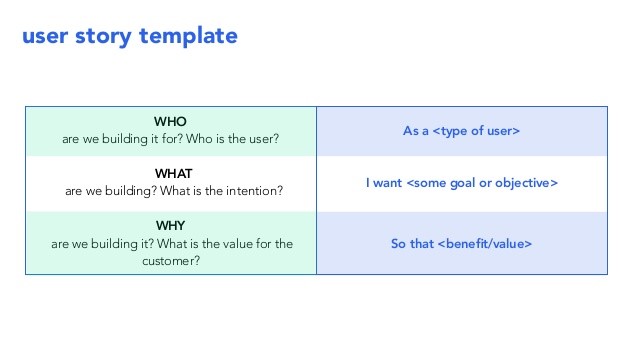
Why Create User Stories
To successfully develop and deploy software, the team and stakeholders must have the same understanding of the project. User stories in agile product development help you and the team speak the same language.
Effective team collaboration is the secret key if you want to make the project go public faster. It’s one of the top ingredients that a good development team applies in cooking a successful project. Do you know what can happen if you don’t collaborate? You can’t discuss significant problems, and can’t come up with creative solutions that matter. You can even miss deadlines. Hence, the deployment gets delayed. So, an agile user story helps you plan efficiently.
Most of your stakeholders are no tech-savvy. So, if an agile user story is written flawlessly, it can even help them understand your point of view. They are logical so it lets them see the bigger picture, always.

Tips for Writing An Effective Agile User Story
1. User-centric Approach
As the name implies, a user story must articulate a user’s perspective. For instance, a user searching for shoes on your site, or booking a flight from your site, etc.
2. Define User Personas
A user persona is one tool that you for sure want to have available to you because it helps you to create user-friendly products. It won’t be wrong to say that a persona is a fictional representation of a customer.
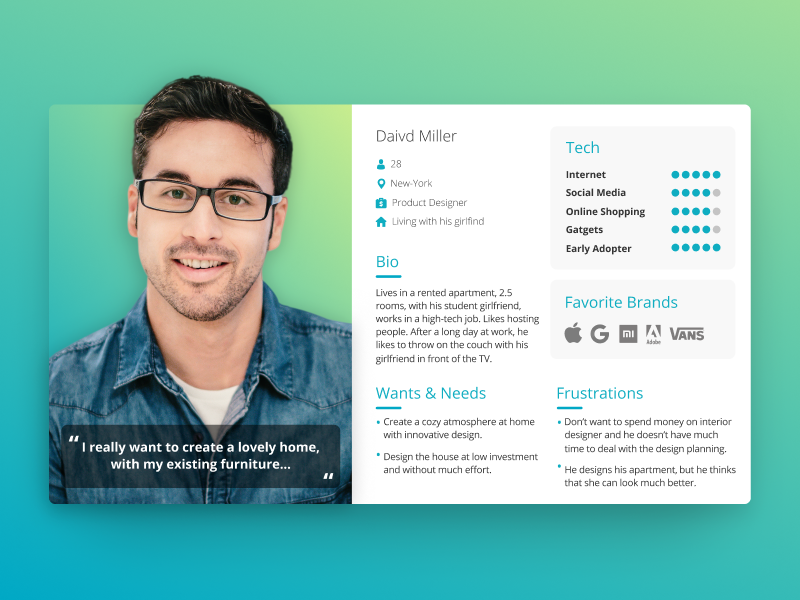
3. Include Acceptance Criteria
Acceptance criteria is a cumulative list of demands that states that all user stories are concluded and all scenarios are given consideration. ‘Definition of completed’ is a set of criteria that states an objective, which basically means ‘the team mutually agrees on using this feature/object in the project.’
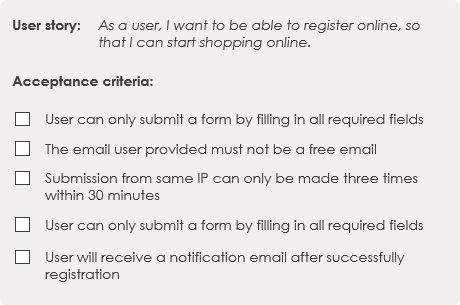
4. User Story Card
Agile user stories in agile product development use the concept of index cards introduced in Extreme Programming (XP). These cards have a mission and that is to create conversation and clarification of user essentials.
So, you list down user essentials on a piece of paper. Wondering why a piece of paper is used? It is used for the reason that it lets you collect info easily plus there is no cost involved. Each member takes a card and provides an idea on it. After you have all the ideas jotted down, you can electronically save them as a record.
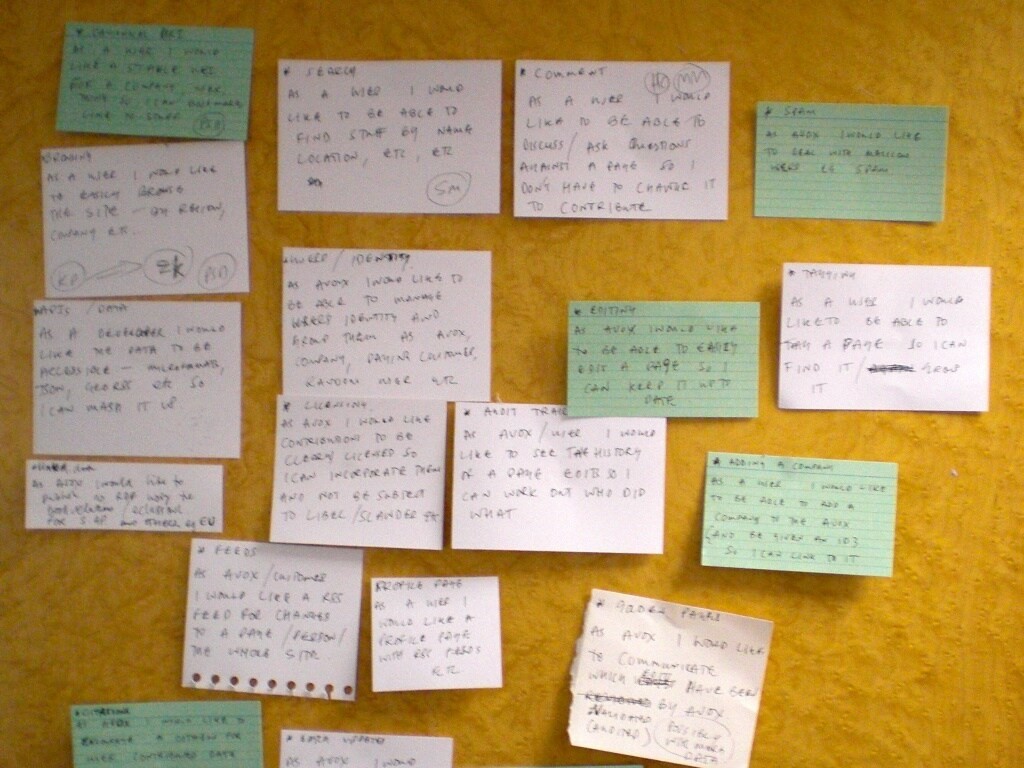
To Sum Up
Creating a great UX depends upon more than user stories. Therefore include more plans of attack in it, such as workflow diagrams, sketches, story maps, storyboards, and of course mockups.
